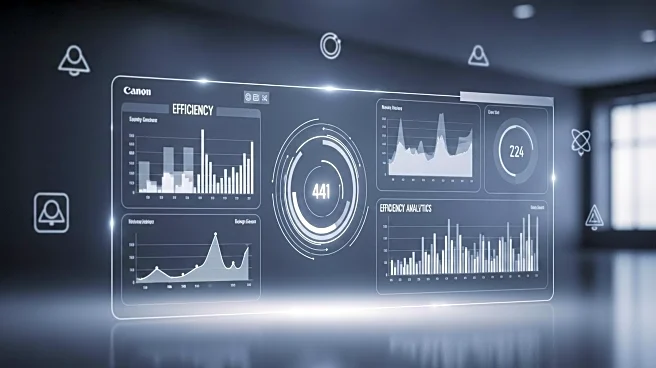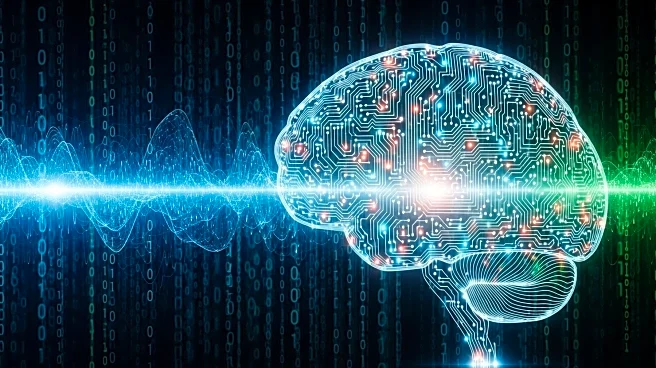What's Happening?
The integration of artificial intelligence (AI) in K-12 and higher education is prompting significant changes in teaching practices and student learning experiences. With tools like ChatGPT becoming commonplace, students and educators are adapting to a new educational landscape where AI assists in writing essays, completing problem sets, and generating curricula. This shift has led to a normalization of AI use among students, who have had access to these technologies throughout their academic careers. Educators are grappling with the implications of AI, as it challenges traditional teaching methods and raises questions about the future of education.
Why It's Important?
The widespread adoption of AI in education is reshaping how students learn and how educators teach. This development has the potential to enhance productivity and efficiency in educational settings, but it also raises concerns about the erosion of critical-thinking skills and the need for a redesign of educational practices. As AI becomes a staple in classrooms, there is a growing debate about balancing technology use with traditional learning methods to ensure students develop essential skills. The impact of AI on education could lead to a shift towards more practical, skills-based learning, as seen with the introduction of new AP courses like Business and Cybersecurity.
What's Next?
As AI continues to influence education, stakeholders may need to consider redesigning curricula to better integrate technology while preserving critical-thinking and problem-solving skills. Educators might explore new teaching methods that incorporate hands-on learning experiences and real-world applications to counterbalance the reliance on AI. Additionally, discussions around the ethical use of AI in education and its long-term effects on student development are likely to intensify, prompting further research and policy considerations.
Beyond the Headlines
The integration of AI in education highlights broader cultural shifts towards productivity and efficiency, potentially at the expense of deeper learning and creativity. This trend reflects a societal drive to perform and achieve, which may influence educational priorities and student experiences. As AI becomes more embedded in educational systems, there is an opportunity to reassess the values and goals of education, fostering a more balanced approach that encourages both technological proficiency and holistic development.











